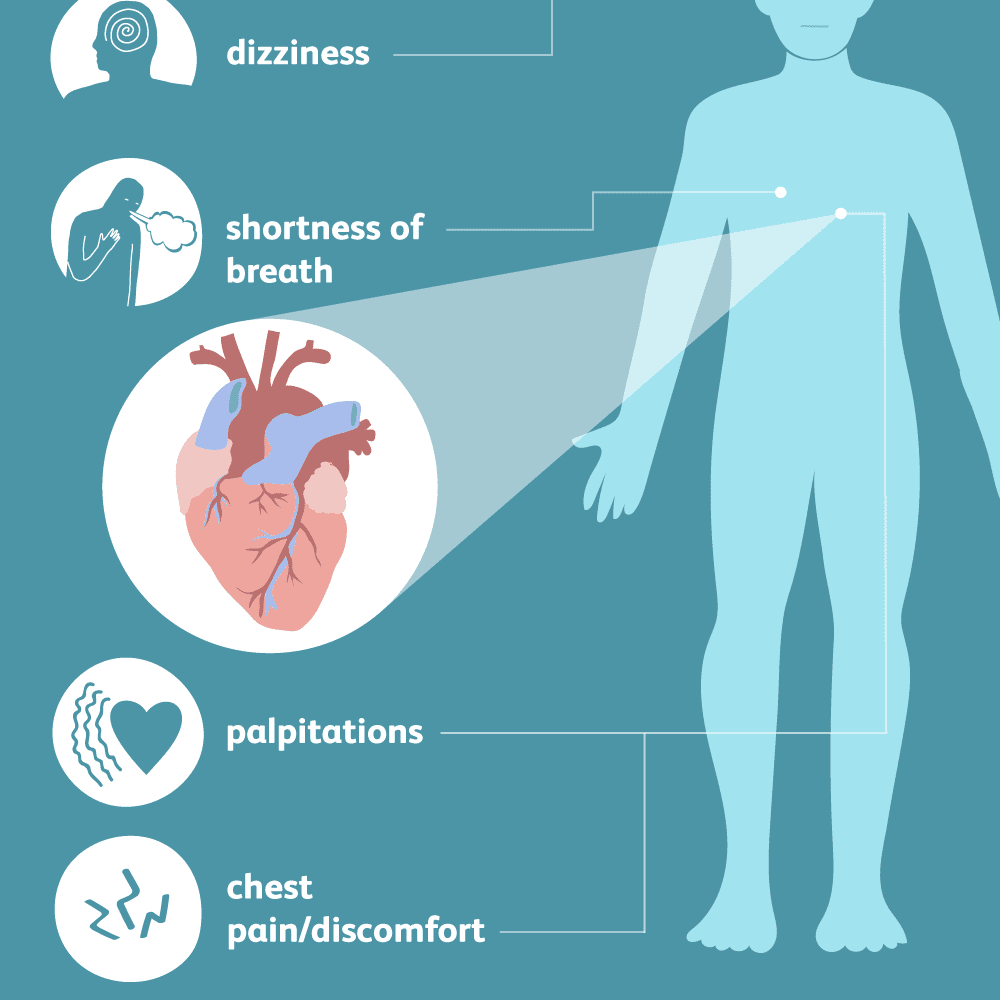For decades, Health, Safety, and Environment (HSE) programs have prioritized physical hazards—slips, falls, chemical exposures, and machinery accidents. Yet, a critical component of workplace safety remains overlooked: mental health. With rising rates of burnout, anxiety, and depression globally, organizations are recognizing that psychological well-being is inseparable from physical safety. This article explores how integrating mental health into HSE frameworks can reduce accidents, improve productivity, and create resilient workplaces.

1. The Connection Between Mental Health and Workplace Safety
Mental health directly impacts decision-making, focus, and risk perception. Stressed or fatigued employees are 50% more likely to make errors, according to the American Psychological Association. For example, a construction worker experiencing chronic stress may overlook safety protocols, leading to falls or equipment misuse. Similarly, depression can slow reaction times, increasing the risk of vehicular accidents in logistics roles. ( Read: Promoting Mental Health in the Workplace )
Key Insight:
Organizations like Shell and BP have reported a 30% reduction in incidents after introducing mental health support, proving that psychological safety is a prerequisite for physical safety.
2. Gaps in Traditional HSE Programs
Most HSE programs focus on compliance-driven metrics (e.g., injury rates) but neglect psychosocial risks like excessive workloads, harassment, or poor work-life balance. A 2023 study by the International Labour Organization found that 65% of workplaces lack policies addressing mental health, leaving employees vulnerable to burnout and disengagement.
Case in Point:
A manufacturing plant saw a spike in near-misses after implementing mandatory overtime. Root-cause analysis revealed fatigue and stress as primary contributors—factors absent from their HSE audits.
Also Read: The Hidden Hazard: A Guide to Mental Health Risks in the Workplace for EHS Professionals
3. Strategies for Integrating Mental Health into HSE
a. Risk Assessments 2.0
Expand hazard identification to include psychosocial risks. Use surveys and focus groups to gauge stress levels, workload satisfaction, and workplace relationships.
b. Training for Leaders
Equip managers with tools to recognize signs of mental distress. For example, Chevron’s “Mental Health First Aid” program trains supervisors to intervene early.
c. Employee Support Systems
Offer confidential counseling, stress management workshops, and flexible work arrangements. Tech giant Microsoft saw a 25% drop in absenteeism after launching a 24/7 mental health hotline.
d. Promote Psychological Safety
Encourage open dialogue about mental health without stigma. Google’s “Project Aristotle” found that teams with high psychological safety had 76% fewer safety incidents.
Download: E-Books: Mental health at work series
4. Case Studies: Success Stories from Industry Leaders
- Siemens Energy: Integrated mindfulness sessions into daily safety briefings, resulting in a 40% decline in human error-related incidents.
- Tesla’s Gigafactories: Introduced “Wellness Wednesdays” with on-site therapists, cutting turnover by 18% in six months.
5. Measuring Impact: Metrics for Mental Health in HSE
Track leading indicators like
- Employee engagement scores
- Utilization rates of mental health resources
- Reduction in absenteeism/presenteeism
Pair these with lagging indicators (e.g., incident reports) to evaluate program effectiveness.
6. Overcoming Challenges
Resistance often stems from misconceptions like “mental health is too personal for the workplace.” Counter this by:
- Sharing success stories from early adopters
- Demonstrating ROI through reduced insurance claims and higher productivity
- Aligning initiatives with existing safety goals (e.g., “Zero Harm”)
7. Future Trends: The Evolution of Holistic HSE
Emerging technologies like AI-powered sentiment analysis tools and wearable stress monitors will enable real-time mental health monitoring. Meanwhile, global standards (e.g., ISO 45003) are formalizing psychosocial risk management, making mental health integral to HSE compliance.
Conclusion
Mental health is no longer a “soft” issue; it’s a cornerstone of workplace safety. By embedding psychological well-being into HSE strategies, organizations can prevent incidents, boost morale, and future-proof their workforce. The time to act is now.




